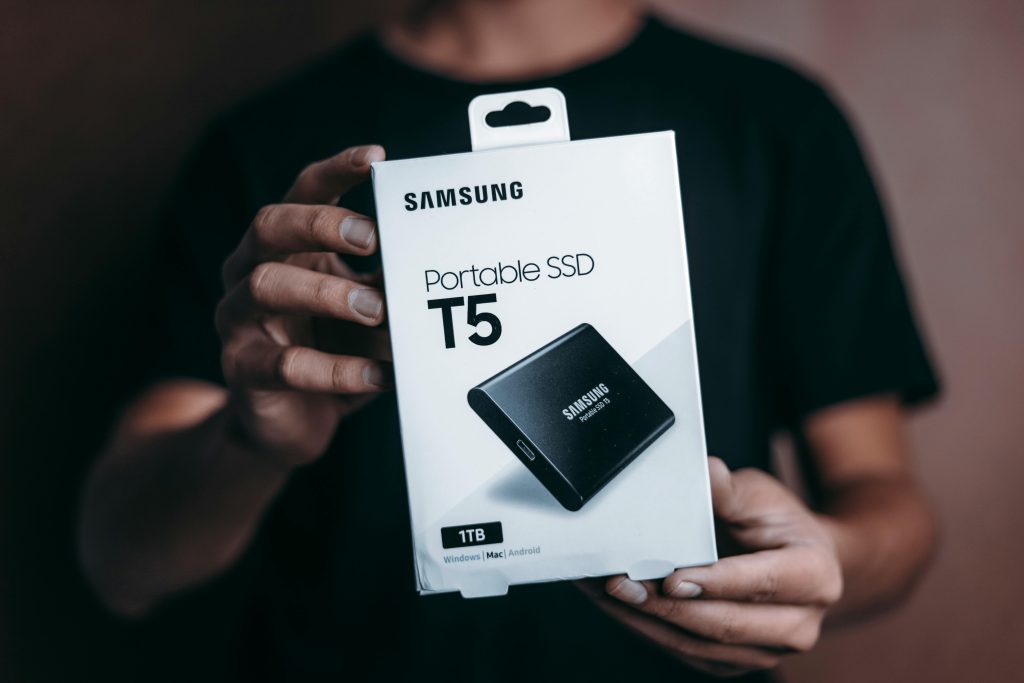Understanding Interference Between Bluetooth and WiFi on Your PC: Causes and Solutions
Introduction
In today’s interconnected world, having seamless wireless connectivity is essential. However, users sometimes experience unexpected conflicts between different wireless technologies, such as Bluetooth and WiFi, especially when using a desktop PC. This article explores potential causes of interference, based on a common user experience, and offers practical strategies to mitigate these issues.
The Scenario
Consider a user operating a desktop PC equipped with a TUF B650 Plus WiFi motherboard, using stock antennas and running Arch Linux. The core problem observed is that activating Bluetooth on the PC leads to significant instability in other devices in the household, including smartphones and wireless speakers. Specifically:
- Bluetooth connections to phones and speakers become unreliable, with frequent disconnections and poor audio quality.
- WiFi performance on other devices degrades or becomes patchy, while the PC’s WiFi remains relatively stable.
- When Bluetooth is enabled, WiFi throughput on the PC itself drops markedly, with transfer speeds plummeting to around 16 KiB/s.
Initial Thoughts
This pattern suggests that Bluetooth and WiFi are competing for the same radio frequency spectrum, leading to interference. Both technologies commonly operate in the 2.4 GHz band, which can cause overlap and congestion, especially in environments with multiple devices or suboptimal hardware configurations.
Common Causes and Troubleshooting Steps
- Shared Frequency Band Interference
Bluetooth and WiFi (2.4 GHz) share the same spectrum, which can cause mutual interference. This is especially problematic in dense environments or with hardware that has limited filtering.
- Antenna Placement and Quality
Stock antennas and their positioning can influence signal quality. Poor placement or damaged antennas may increase susceptibility to interference.
- Drivers and Kernel Support
Even on Linux systems, driver issues or incomplete support for certain wireless chipsets can exacerbate interference issues. Ensuring your system has the latest firmware and drivers might help.
- Hardware Limitations
Some chipsets are more prone to interference. The TUF B650 Plus WiFi motherboard’s integrated WiFi and Bluetooth modules share the same antenna connections, which can cause conflicts.
Strategies to Mitigate Interference
-
Separate Antennas: If possible, use external antennas or reposition existing antennas to minimize overlap. Placing antennas higher or away from other electronic devices can improve signal isolation.
-
Switch to 5 GHz WiFi: Most modern routers and WiFi
Share this content:



